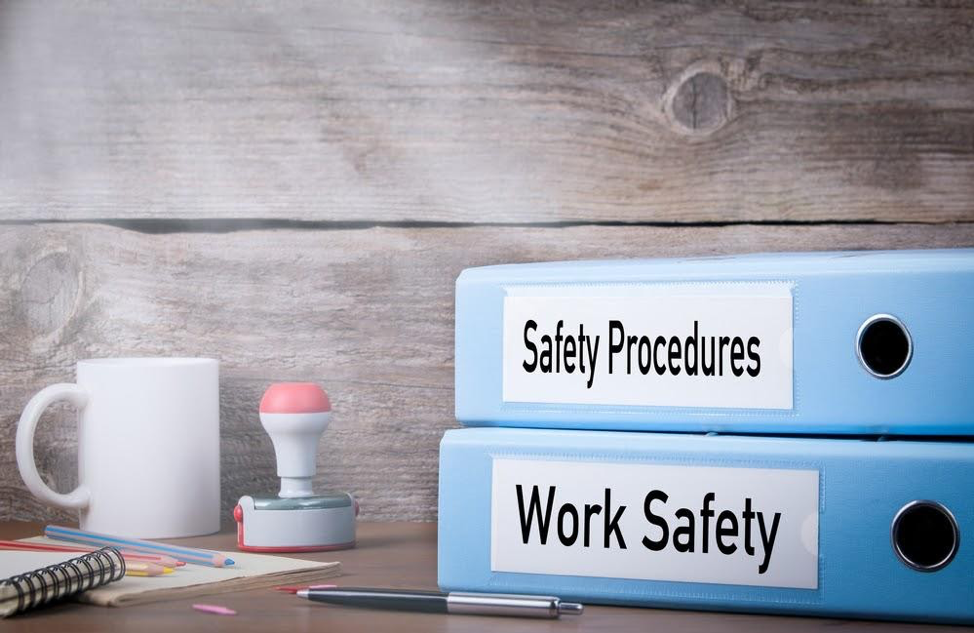
Workplace safety is a crucial component of running a successful business, especially if your employees operate under hazardous conditions or the nature of the work is considerably dangerous. It isn’t ideal to wait for a major incident to occur in the workplace before you implement a safety program, but that’s the situation you’re in, doing so can help you prevent it from happening again. On-the-job injuries can be costly, disheartening, and even detrimental to the livelihood of your business, depending on the circumstances.
If you find yourself worried about providing safe working conditions for your employees and having a plan in place if something does happen, then this guide is a good starting point to improve workplace safety within your business. Here are the 3 major steps you need to take to establish a good workplace safety program:
Establish Formal Safety Guidelines
Unfortunately, a lot of business owners don’t do this until they’ve had an on-site accident and are now dealing with the fall out. If it feels like it could never happen to you, think again, because even the most sedentary and calm office environments pose their own risk. With that said, it’s never too early to establish formal safety guidelines.
As with most policies, until it’s in writing, it’s easy to forget and hard to enforce. If you’ve been working with a loose, or worse no safety policy, then it’s time to get down to business. The first thing to do is to research OSHA guidelines as well as other safety policies for work environments similar to yours—this will provide you with some ideas for creating your own. Once you have a general outline of what’s needed, draft up your guidelines.

When you are creating your policy, these are a few things to keep in mind.
- You need to understand the biggest hazards: Each workplace and occupation has their own biggest hazards, identify those and work from there. Making sure you’re ready for the most-likely scenarios is a good starting point for improving the safety of your business.
- You need insurance: When you sign up for workers’ comp insurance, make sure that the provider uses property & casualty insurance software, this will help ensure that claims are handled as efficiently as possible. Having insurance in place will help protect you and make sure that your employees get the support they need.
- You need to be realistic: What are the expectations you can set for your employees to follow that are realistic while working? What measures can you as an employer reasonably take to keep employees safe? Identify what can actually be done by you and your employees, and where other interventions need to be made.
Provide Thorough Training for Employees
It’s not enough to simply have the policy, employees should know what’s expected of them and what will happen if they do experience an accident. Make sure that every employee reads your safety policy and signs to acknowledge that they’re aware of and understand them (you may want to have an employment lawyer review all documentation before presenting it to employees).
You should also take the time to train employees on safety precautions and what to do if they or another employee is injured. Set aside a few hours or a day (more time may be needed if safety is a critical component of the job) to go over expectations, run through scenarios, and answer questions.

Maintain Your New Safety Standards
Now that you’ve trained your team on the safety standards, make sure you enforce your new policies.
- If someone is violating safety protocol, there should be a reprimand.
- If conditions of the job, environment, or laws change, so should your safety policy.
- If someone is injured, the policy should be followed.
You have a responsibility as an employer to make sure your employees have a reasonably safe work environment and to ensure there is an established protocol for responding to incidents when they do happen.
One major accident could change the course of your business’s financial stability, reputation, and longevity. Protect your company and your employees by taking the time to upgrade your workplace guidelines. Of course, these recommendations may change depending on your industry, but these tips will help you get a start to making your workplace safer.